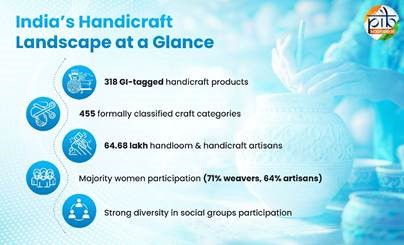



Context:
In the recent Budget session, the Union government announced its intent to privatise Public Sector Banks (PSBs).
Background:
|
Bank nationalisation: ● Bank nationalisation ushered in a revolution for India’s banking sector. ● Before nationalisation, barring the State Bank of India, most banks were privately owned and they largely benefited the rich and the powerful. ● The nationalisation of 14 private banks in 1969, followed by six more in 1980, transformed the banking sector, created jobs, extended credit to the agriculture sector and benefited the poor. ● Areas that had so far been neglected, including agriculture, employment-generating productive activities, poverty alleviation plans, rural development, health, education, exports, infrastructure, women’s empowerment, small scale and medium industry, and small and micro industries, became priority sectors for these banks. |
Nationalisation brought Equitable growth:
Importance of PSBs:
Issue with Privatisation of PSBs:
Issue of Stringent laws in Banking Sector:
Conclusion:
There is an urgent and imperative need to bring in a suitable statutory framework to consider wilful defaults on bank loans a “criminal offence”. A system to examine top executives of PSBs across the country will also help in improving accountability. But privatisation of PSBs is not a definitive panacea for the problems of the banking sector in India.
https://www.thehindu.com/todays-paper/tp-opinion/looking-beyond-privatisation/article34095992.ece







© 2025 iasgyan. All right reserved